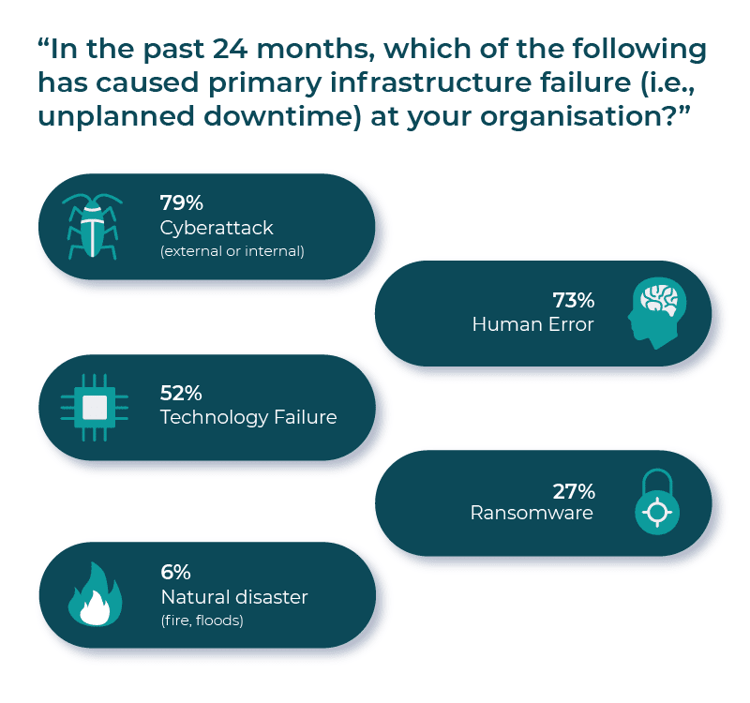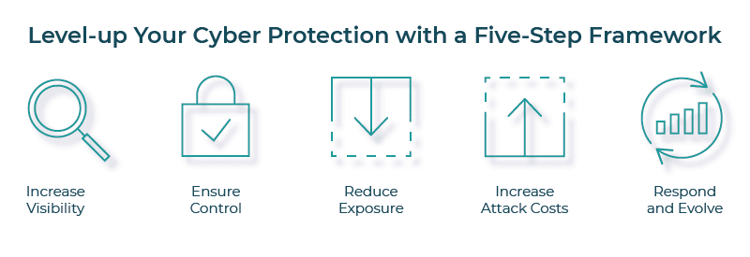Sign Up for Our
Updates
In today’s overstretched healthcare environment, IT systems need to be agile and responsive to deliver insights and ensure better patient care. With ongoing digital transformation in the sector, data storage needs to stay on top of innovation and evolve to match the ever-changing organisational needs.
Healthcare Storage Requirements
Data storage requirements differ depending on the data being utilised. For example, medical imaging files are generally enormous. With modern imaging technology, an x-ray or CT scan may produce hundreds of images that need to be stored and processed. Staff need fast access to healthcare data at any given time. There is no leeway for slow load time for patient records or diagnostic images in a busy hospital or an emergency.
This need for speed is one reason we work with Pure Storage’s market-leading All-Flash solutions. Running PACS on all-flash storage means that images load faster, and the system is easier to manage than a fleet of spinning discs. When investing in modern data storage systems, you need to be confident that the system is scalable to handle the growing volume of imaging data and be optimised for AI and analytics to deliver rapid insights.
To add to that, Electronic Health Record solutions are mission-critical applications. Healthcare professionals rely on access to patient information 24/7 to triage patients and give them medical care. They need their system to have 100% up-time - you can’t just send people on a break because the system has crashed.
When you have legacy storage, restores, back-ups, and upgrades can take an incredibly long time. For any storage expansion, you need to do data migrations from one storage array to another storage array. These migrations can be risky and generally include points of failure, which can result in lost data. This risk is unacceptable with people’s health data, which is why you need storage that delivers seamless rapid upgrades and allows for expansion without disruption to the storage.
Protecting Your Data
An out-dated attitude that asks, “who would want to steal healthcare data?” and the low frequency at which healthcare systems are updated are the main contributors to healthcare data’s vulnerability. The worldwide WannaCry ransomware attack in 2017 has gone some way to change this mindset, however, it continues to be an ongoing challenge to protect this sensitive dataset.
Not only is the data highly confidential, but cyberattack is also the largest contributor to unplanned downtime within organisations, according to a Nov 2020 study by Pure Storage and Forrester. With healthcare operations operating beyond their capacity, the impact of disruption would be catastrophic.

It is crucial to implement best practices in your healthcare organisation to protect your patient data. Cybersecurity Ventures has predicted that a new organisation will become a victim of a ransomware attack every 11 seconds by December 2021. Ransomware can act to encrypt electronic health data and all back-ups, making data recovery challenging. Implementing a data-protection solution and Pure Storage’s five-step framework will reduce your exposure and expedite recovery times.

Legacy storage can’t support the needs of today’s EHR solutions. Migrating to modern storage is the way to maximise your EHR investment and improve clinical satisfaction and patient experience at the same time. Find out more about Pure Storage’s market-leading all-flash solutions, available on-premise, as a cloud solution, hybrid cloud solution or via Pure-as-a-Service.
Bonus Resources:
8 Steps to Better Data Governance
Evergreen Storage Subscription
Optimised Data Systems for Administrators of PACS and VNA
Five Steps to Combat Ransomware in Healthcare




